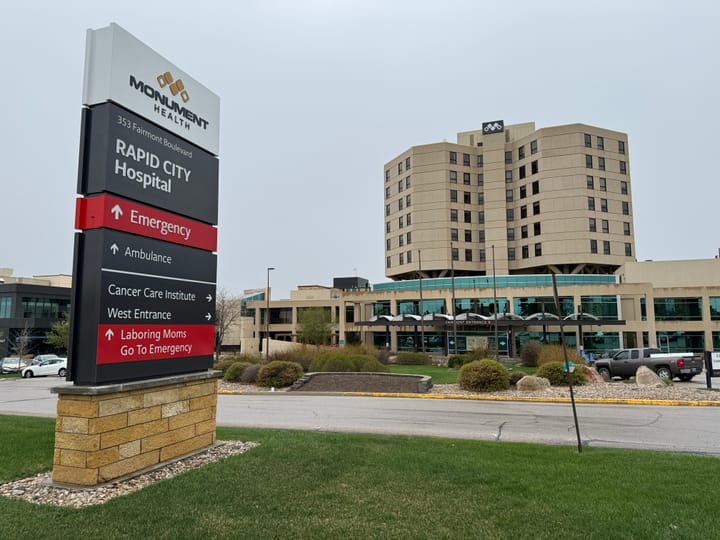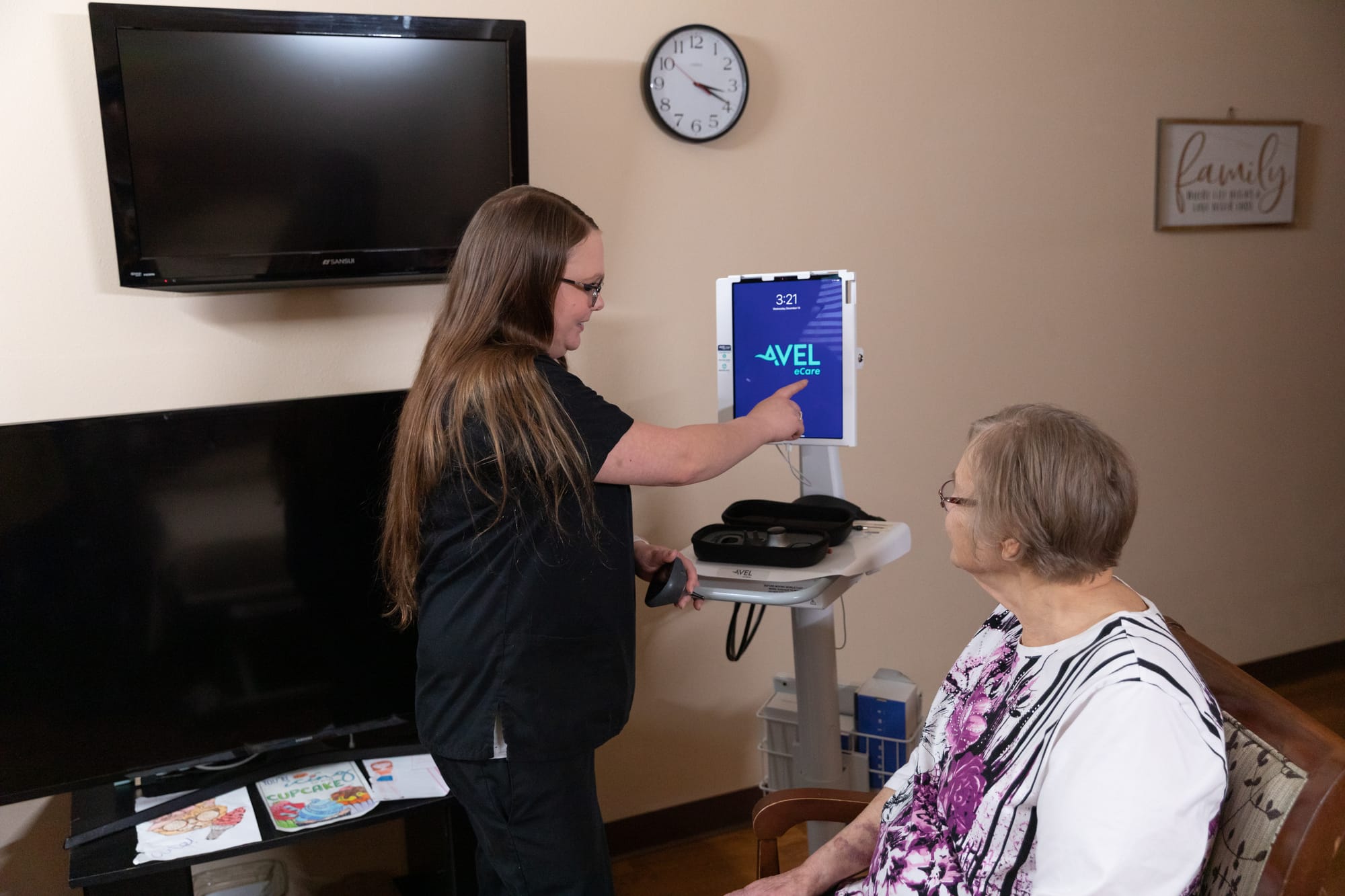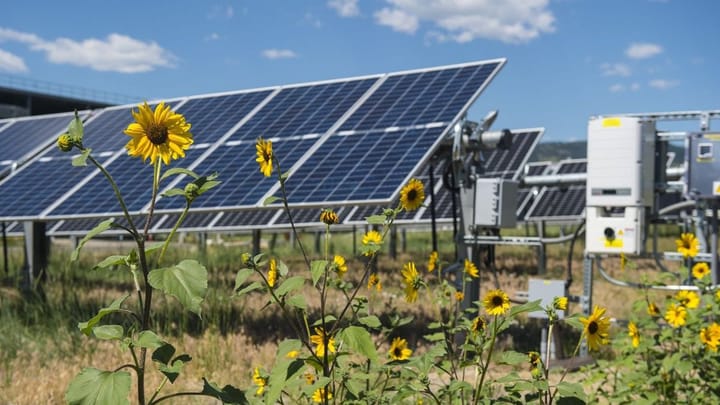Contaminants common in SD drinking water but most within legal limits
State testing data show that several contaminants — all of which can be harmful to human health — are commonly found in the drinking water provided to residents of South Dakota, but whether the contaminants are present at unhealthful levels is a matter of ongoing debate.
In most cases, the tap water generated by the 650 drinking-water systems across the state fall well within guidelines set by the U.S. Environmental Protection Agency for safe consumption of lead, copper, nitrates, arsenic, radium, uranium, and a chlorine sanitation byproduct called trihalomethanes.
All of those chemicals, most of them known carcinogens, are consistently found in much of the drinking water tested regularly by South Dakota water system operators and reported to the state and federal governments. Except in rare cases, such as when a system failure occurs or a contaminant builds up over time, the contaminant levels fall below the legal guidelines set by the EPA.
But a national environmental group is trying to change the definition of “safe” and strengthen federal and state guidelines for what is considered “healthful” when it comes to the presence of dangerous contaminants in drinking water. In its annual report on America’s drinking water supply, released on Oct. 26, the nonprofit Environmental Working Group noted that many federal water-quality standards have not been updated in 20 or even 50 years, and that there are no legal limits whatsoever for 160 contaminants that can make their way into the American drinking-water system.
“The disturbing truth shown by the data is that when most Americans drink a glass of tap water, they’re also getting a dose of industrial or agricultural contaminants linked to cancer, harm to the brain and nervous system, changes in the growth and development of the fetus, fertility problems and/or hormone disruption,” the EWG said in a news release.
The study’s two main goals, according to Alexis Temkin, a staff toxicologist at EWG, is to provide Americans with an easy way to find recent data on the quality of their local drinking-water system and to highlight the group’s belief that contamination standards need to be updated and strengthened.
“Primarily, what we know is that ‘legal’ doesn’t necessarily mean ‘safe,’” Temkin said. “The vast majority of the utilities across the country get a passing grade by the EPA even though contaminants are almost always present.”
The EWG water-quality study is among the most comprehensive in the country, examining testing results from nearly 50,000 water systems across the U.S., including all of those in South Dakota that are regulated and subject to state testing requirements.
The EWG, however, creates its own set of safety guidelines that are based on the most stringent health guidelines and scientific data currently available, some from the state of California, which is known for its aggressive approach to protecting drinking water, Temkin said.
Based on its own safety guidelines, and not EPA legal standards, the group found that nearly all South Dakotans are consuming drinking water with contaminants at unhealthy levels.
The EWG study, which uses a two-year average of data from 2015-17, reported that 291 South Dakota utilities serving about 703,500 people had unhealthful levels of trihalomethanes, or THMs, the chlorine byproduct that can cause bladder and skin cancers and inhibit fetal growth. The study found that 234 systems serving 458,500 people had unhealthful levels of nitrate; 83 systems serving 421,250 people had unhealthful levels of chromium; 37 systems serving 201,000 people had unhealthful levels of arsenic; and 210 systems serving 220,000 people had unhealthful levels of radium or uranium.
Inspection data from the South Dakota Department of Environment and Natural Resources reveals that from 2012 through 2016, 712 water systems across South Dakota were cited 2,673 times for water-quality or system violations that potentially affected a total of 334,300 people.
A spokesman for the DENR, which is responsible for water testing, system monitoring and enforcement of contaminant limits, said the EWG study represents an unfair “apples-to-oranges comparison” of water-quality standards.
“Historically, EWG has highlighted a state’s water quality first based on non-enforceable goals rather than enforceable maximum contaminant levels,” DENR spokesman Brian Walsh wrote to News Watch in response to written questions.
The highly strict contaminant standards used by EWG may create a misleading picture for the public that drinking water across the country and in South Dakota is unsafe, said Jeremiah Corbin, source-water protection specialist for the South Dakota Association of Rural Water Systems.
“I’m concerned that they may give people the misconception that their water is not safe when, based on drinking-water standards, it is safe,” Corbin said. “By cherry-picking what health levels they’re going to choose for safe water, it unfairly muddies the conversation.”
Corbin said maintaining safe, high-quality drinking water is an ongoing challenge that is taken extremely seriously and undertaken with great success by operators of the roughly 300 water systems that are members of the association.
“Our goal is to send out a product that a newborn child could drink and be healthy, and I think we’re doing that,” Corbin said. “I’m not saying there aren’t systems that aren’t perfect, but generally speaking I think the water systems and the state do a marvelous job of providing clean drinking water.”
Drinking water tests lead to violations
Here is a look at the number of total violations issued by the state of South Dakota for water system problems over the past five years. Violations can include exceeding safe limits for contaminants, failing to properly monitor for contaminants, failing to report problems to the state or the public and not having a certified system operator on site. Data is listed by year, number of violations, number of systems that incurred violations and the number of people potentially affected by the violations.
Year Violations Systems Customers
2016 365 123 72,000
2015 387 159 52,300
2014 705 143 82,500
2013 542 142 53,500
2012 674 145 74,000
Total 2,673 712 334,300
Data are most recent available; information from S.D. Department of Environment and Natural Resources
Inspections reveal contamination problems
The EWG report makes clear the differences between its health standards and the legal limits, and the gap is often very wide.
For example, the EWG health limit for TMHs is .15 parts per billion, compared with the legal level of 80 ppb. For nitrates, the EWG health limit is .14 ppb, compared with the long-held federal safety standard of 10 ppb; for arsenic, the EWG health limit is .004 ppb, compared with the federal standard of 10 ppb; and for radium, a common contaminant in South Dakota drinking water, the EWG limit is .05 pico curries per liter, compared with the federal limit of 5 piC/L.
Only five South Dakota systems were found to be in violation of EPA contaminant standards during the EWG study period:
- Bonesteel (275 customers) was above the legal limit for nitrates.
- Buffalo Gap (126 people) and the Cottonwood Grove Mobile Home Park (30 people) were above legal limits for uranium.
- Cedar Gulch #2 (33 people) and the Shirt Tail Gulch Development (60 people) tested above legal limits for radium.
State-level violations are far more common.
In 2016, the state recorded 365 total violations by 123 water systems that served about 72,000 people. That was down from a recent high of 705 violations by 143 systems affecting 82,500 people in 2014.
The DENR requires that system operators regularly take water samples for testing; the frequency is dictated by the contaminant sought and the size of the system. Testing for lead and copper is done only every three years, and some other contaminants are tested for annually. Meanwhile, the Sioux Falls system tests water three times daily for bacteria.
A spot-check of systems across the state reveals that many have been flagged for violations of some sort over the past five years.
The Hill City water system in Pennington County, serving 950 people, was cited for exceeding limits of arsenic in July and October 2018, according to state documents. The city of Springfield, in Bon Homme County, which serves about 2,000 people, was cited for exceeding limits of THM on five occasions from 2015 to 2019.
The Town of Wessington in Beadle and Hand counties, serving 175 people, was cited for failing to monitor for chlorine and bacteria in 2015 and for not having a certified system operator that year. The Town of White, in Brookings County, was cited in 2016 for failing to notify the 485 people it serves of high lead and copper readings in 2016. The Yankton water system, which serves 14,700 people, was cited for high THM levels in 2016 and 2019.
The water system in the capital city of Pierre sent an advisory to the roughly 14,000 people it serves in March 2019 after the EPA found high levels of manganese in the local water supply.
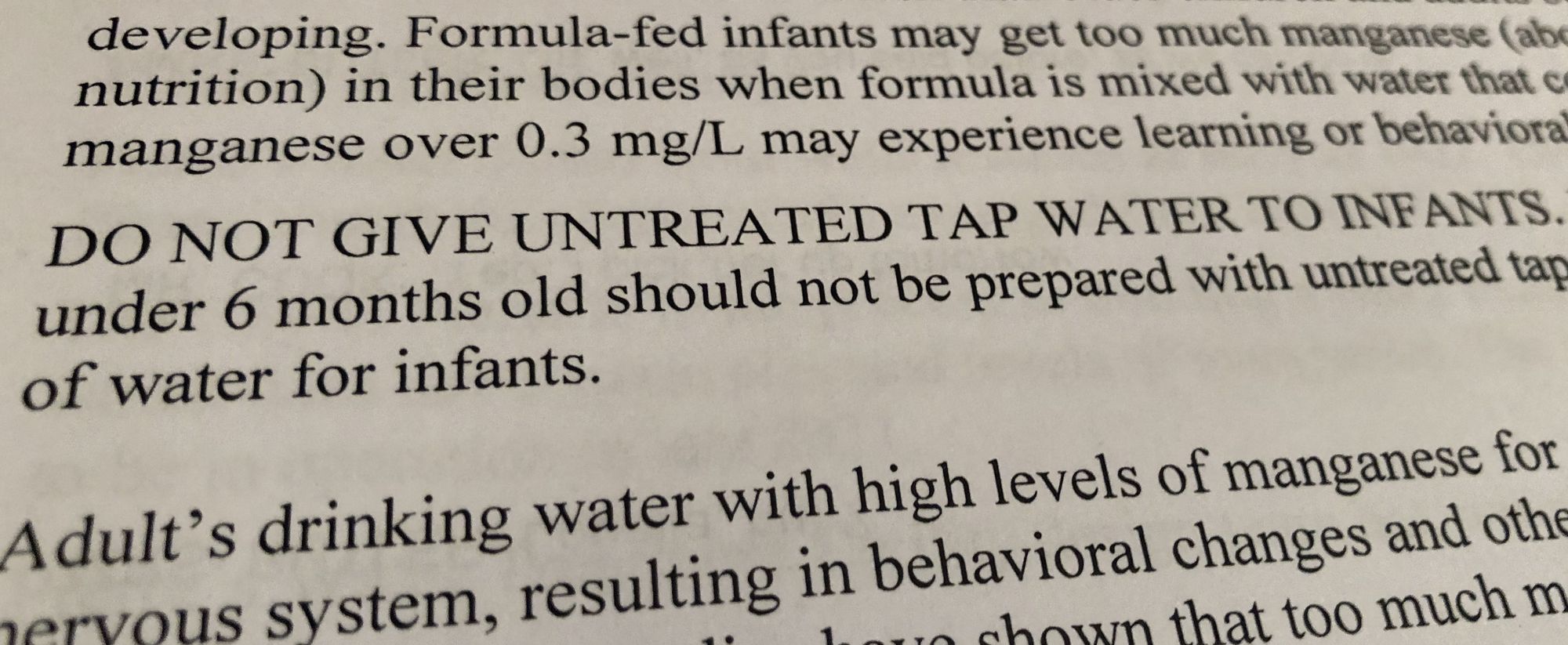
The letter noted that although manganese is not a regulated substance within EPA monitoring programs, the chemical can cause brain illnesses if ingested by infants, who may suffer learning or behavioral problems later in life. Long-term consumption of manganese by adults can cause nervous-system and brain illnesses.
The warning advised no consumption of untreated tap water by anyone, especially infants. Residents were advised not to boil untreated tap water for use, as that can increase the concentration of the chemical. Showering, bathing or brushing of teeth with the water is OK as long as it is not ingested.
The city’s water comes from wells dug as early as 1927 and manganese levels likely built up during that time. The warning noted that Pierre is building a new water-treatment system that will use surface water from the Missouri River as the source and should come online in late 2021. The state has provided Pierre with a $36.9 million loan for construction of the new water plant, said Walsh of the DENR.
Smaller systems at greater risk
According to the EWG report and to a News Watch review of state water-system inspections, higher and more frequent levels of contamination tend to occur in smaller, more rural water systems across South Dakota.
Corbin said all water systems do their best to operate efficiently, but he acknowledged that larger systems such as those in Sioux Falls, Rapid City and Aberdeen have larger customer bases and more money to consistently improve operations and stay on top of new technology.
“Rural systems with small populations tend to have more challenges,” he said. “There’s so many variables in a small system; some rural systems have challenges just getting a certified operator in their community.”
One of the most problematic systems in South Dakota serves only about 35 people in the Cedar Gulch #2 subdivision just east of Rapid City. Between July 1, 2014, and July 1, 2019, water tests revealed 64 violations of state regulations, including 32 listed as “exceedance of allowable contaminant levels” for presence of radium and alpha emitters, both radioactive compounds that can cause cancer. Other violations were for failing to monitor for other harmful contaminants and for not having a certified system operator in 2015.
Contamination of drinking water can occur due to a number of factors, including inefficient treatment systems; from leaching of contaminants from lead pipes and aging system components; from agricultural, industrial or septic-system runoff; or owing to infusion of materials within geologic formations surrounding a well.
Taking water from an unreliable source can also lead to problems.
That appears to be the case for the privately owned water system in Owanka, S.D., which serves about 23 residences and 52 people in a remote area of Pennington County about 10 miles southwest of Wasta. Marvin Williams, president of the water board in Owanka, said a few people have water filters on their taps due to consistently high levels of radium in the water but that most are drinking the water without worry.
Williams said the Owanka system uses the Inyan Kara Aquifer for its water, a highly saline source that mainly is used for watering livestock. The system has been cited by the state 14 times for having high levels of radium from 2016 to 2019, and a 2016 sample revealed a lead level of 12 milligrams per liter, very close to the legal safe limit of 15 milligrams per liter. The system also showed a positive test for total coliform bacteria in 2018, state records show.
Williams said most residents were unaware of the problems and not too concerned once they found out, though the state has required the system to make improvements.
“It might kill you in 200 years or something, but it’s something we have to take care of,” Williams said. “There’s a lot of hoops you have to jump through to take care of the problems.”
The state DENR has stepped in and last year provided a $50,000 grant to the Owanka system to fix the ongoing problem with radium contamination, likely through installation of treatment systems that will be installed on taps in the homes of system users, according to the DENR.
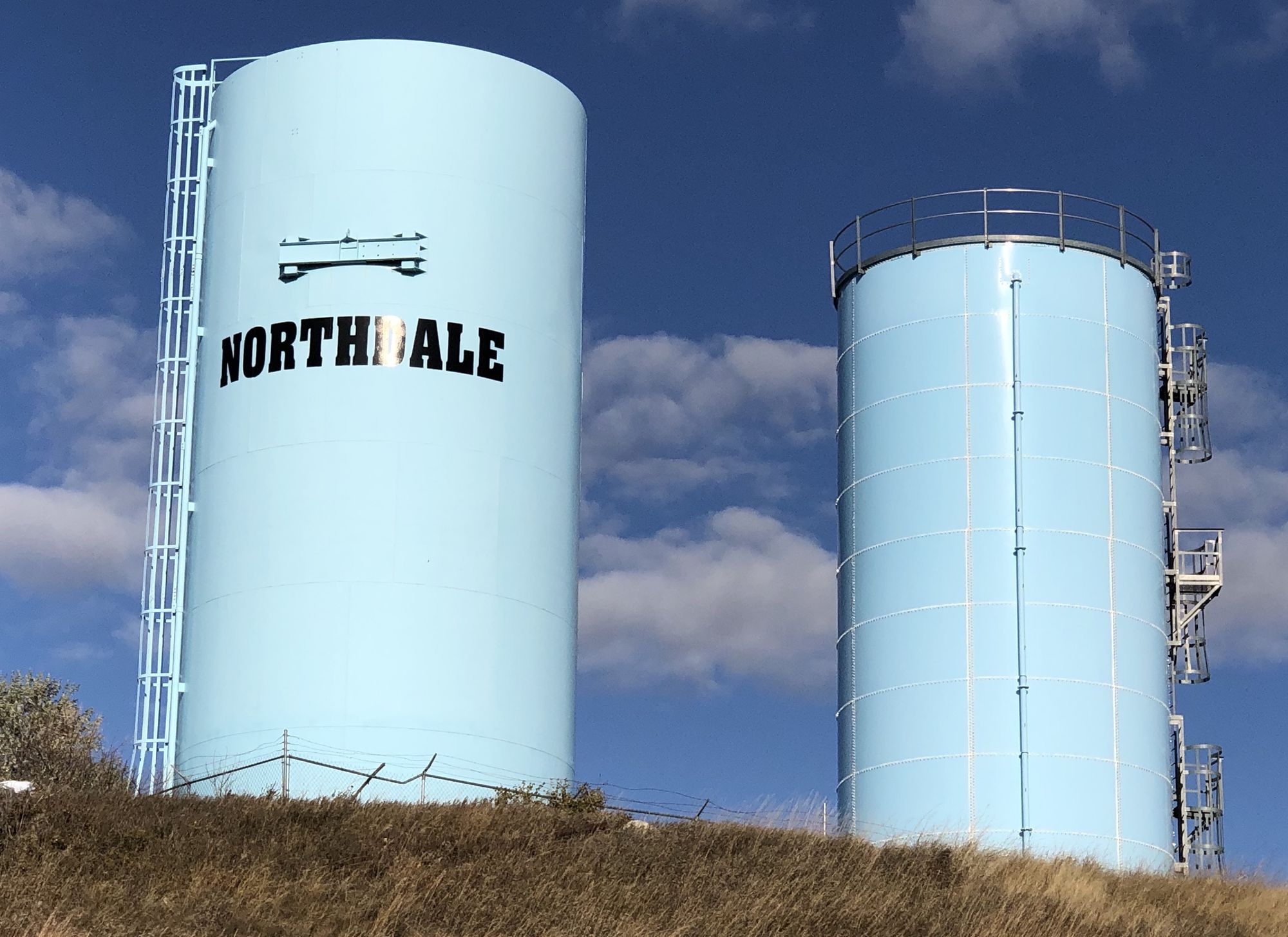
The origins of other problems are easier to pinpoint. For the adults and children living in about 95 homes near Ellsworth Air Force base in Box Elder, just east of Rapid City, the unsafe levels of contaminants in their water is known to have come from the use of firefighting foam at the base that contained polyfluoroalkyl substances, or PFAS. The cancer-causing chemical has been found above EPA safe levels in 26 private wells, including a well that serves 200 residents of the Plainsview Mobile Manor community.
In response, the military has provided bottled water to residents until an alternative water source can be found.
On occasion, drinking-water quality can be affected by acts of nature that taint the source of a community’s water.
That happened to the Bon Homme-Yankton Rural Water System in April 2019 when the Spencer Dam on the Niobrara River in Nebraska failed, sending debris and sediment downstream and then into the Missouri River and Lewis and Clark Lake, which serves as the water source for the Bon Homme-Yankton system.
As a result, the source water entering the system that serves about 37,000 people in all or parts of Avon, Freeman, Irene, Menno, Mitchell, Parkston, Scotland, Tabor, Tyndall and Volin was very high in turbidity, essentially a murkiness that can inhibit disinfection processes and foster growth of harmful bacteria.
“Essentially, the source water from Lewis and Clark was like a chocolate milkshake,” said Terry Wootton, general manager of the water system. “There was very high sediment loading that you could easily see.”
System operators acted quickly to shut down the flow of water, and then heightened chlorine levels and added another chemical to hasten settling of sediments, Wootton said. The state was notified and a warning letter was sent to all customers, according to state documents.
Thankfully, the system was large enough to have 3 million gallons of treated drinking water in storage, so customers never received any of the tainted drinking water until after it was successfully treated, Wootton said. Within 30 hours of the inflow of contaminated water, the turbidity levels had fallen to less than .1 micrograms per liter, below the limit of .3 micrograms per liter.
The annual state water report for that system does note high levels of THM, with a quarterly average of 77.65 micrograms per liter, just under the limit of 80. Wootton said the THM levels vary in the system but said they have stayed under the state safety limit.
Check the quality of your drinking water
This webpage, provided by the South Dakota Department of Environment and Natural Resources, linked here, allows online access to recent reports on local water systems across the state and information on the water they provide. Each system listed on the site — arranged alphabetically by city or system name — includes four clickable links: to annual inspection data and findings, including violations; the annual system report that includes testing data for several chemicals and pollutants and associated limits; a report on water hardness and pH; and the testing requirements for the current year.
You can also check on the quality and contaminant level of your water by clicking here to access the report produced by the Environmental Working Group. Once on the site, input your city name or zip code and then click on the name of the system that provides your water.
Once on the site, you can also scroll down to watch videos about the EWG findings or scroll down further and click on any state on the interactive U.S. map to examine data for South Dakota or any other state.
Full DENR web address is: https://denr.sd.gov/des/dw/sysinfo.aspx Full EWG web address is:https://www.ewg.org/tapwater/
Efforts ongoing to protect, improve drinking water
Maintaining a steady, safe supply of drinking water to communities of varied size across an entire state requires constant testing and monitoring and a steady pace of spending to keep systems operational.
This year, the state Board of Water and Natural Resources within the DENR will spend $64.5 million to aid municipal and regional water systems, said Walsh, the DENR spokesman. Out of 21 total projects, two were to correct compliance issues (the Pierre rebuild and the Owanka improvements).
Walsh noted that South Dakota water systems have a great track record in meeting the EPA goal of having 95% of water users in the state meeting all health standards related to their water. He said the state has had 98% to 99% of systems meet that standard over the past five years.
Much of the state’s focus has been on improving systems in rural areas that do not have ready access to reliable water sources, Walsh said.
“Continued funding and improvements of these regional systems allows for expansion within their service areas to provide a more reliable, higher quality, and oftentimes more economical source of supply for water systems that may not have access to a high-quality or abundant supply of water in their physical location,” Walsh wrote.
In 2018, the state provided grants, loans and principal forgiveness to Rapid City to help the city fix wells and water-delivery systems for a neighborhood of 600 people living just outside the city limits whose water supplies consistently failed to meet EPA standards, Walsh said.
The city performed much of the infrastructure development and is now serving the population with city water, Walsh said of the $7.5 million project that improved water for residents of the Mesa View, Valley Heights, and Terra Cotta subdivisions and properties in the Longview Sanitary District.
“The ability to provide grant and principal forgiveness by the state is the primary reason the project was possible and affordable to the new users,” Walsh wrote.
The state has an operator-certification program that offers free classes several times a year at locations across the state, Walsh said. The state also contracts with groups that provide operators technical assistance and training, including the rural water association.
Corbin said the rural water association has a strong relationship with the state in training and educating water-system managers across the state to operate efficiently and to stay up on new technologies or techniques that can improve drinking-water quality.
“Our bread and butter is training and technical assistance for community water systems,” Corbin said. “Everybody’s goal is to provide the highest-quality water they can, and people take that very seriously.”
Both Corbin and Walsh urged consumers to go online and check on their system’s inspection reports, and to read the annual water-quality report sent to their homes. If they have concerns about safety or quality, they should call their water-system operator and ask questions, they said.

